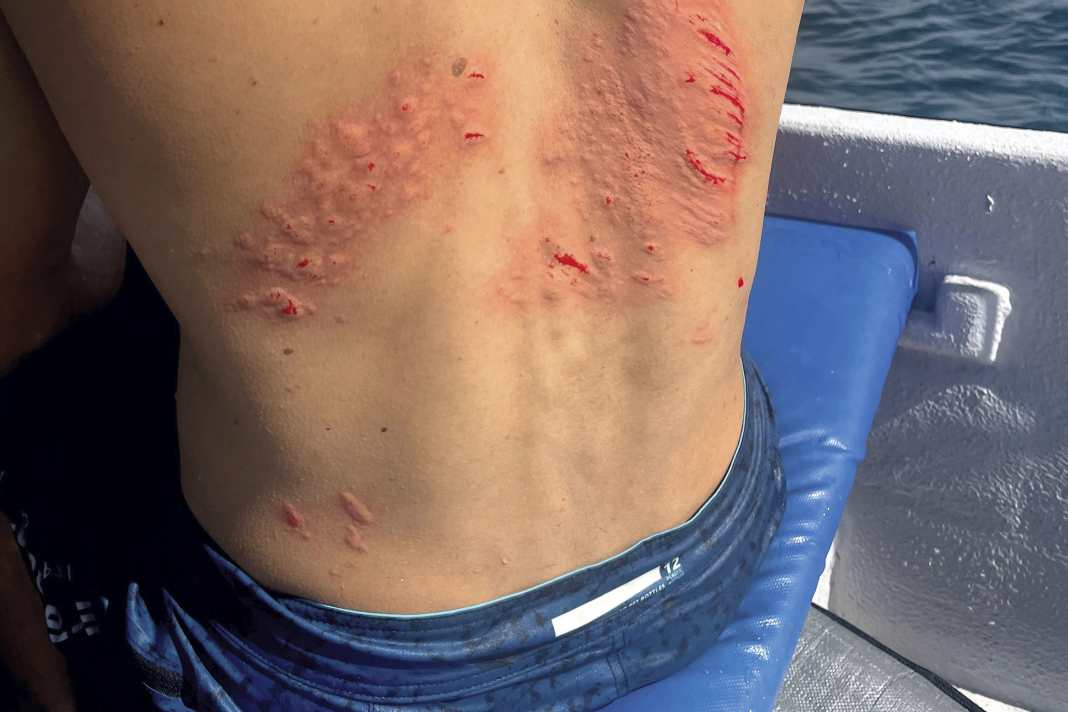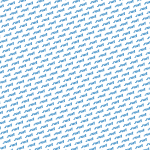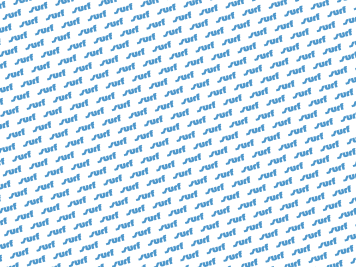At the end of the summer of 2023, the newspaper with the four big letters once again managed to generate circulation and stir up panic with a bold headline: "Killer germs in the Baltic Sea" was the headline, referring to the occurrence of vibrios. In fact, there were a few infections with the bacteria that had a dramatic course. So should we all be panicking now?
Symptoms of a vibrio infection
Certainly not, but it is also true that vibrios have been increasingly detected in the Baltic Sea and in Dutch waters such as the Grevelingenmeer in recent years. There are several reasons for this: Firstly, the bacteria multiply particularly well at water temperatures above 20 degrees, and secondly, they like salty, but not too salty, water. Both can be found in the areas mentioned. The water temperature in the Baltic Sea in particular has risen continuously in recent years, meaning that the vibrios feel increasingly at home in the north and not just in tropical and Mediterranean waters.
Nevertheless, panic is not appropriate. In healthy people, a vibrio infection can be easily controlled if detected early. One noticeable symptom is unusually severe pain, even with small wounds. In such a case, a doctor should be consulted quickly. In most cases, the infection can be quickly brought under control with antibiotics - blowing and waiting is a very bad therapy in this case.
Infection with staphylococci
Last year, record-breaking world champion Björn Dunkerbeck suffered another infection that should not be underestimated: "I had a staphylococcal infection in my shin. You can still see the discolouration, it can take years for the pigments in the skin to return to normal. I still have to have an infection test every fortnight to keep an eye on the values, but so far everything is fine. These bacterial infections have to be taken very, very seriously these days. Everyone should clean all small wounds thoroughly with disinfectant after surfing. The sand and dust are really, really bad, because anything can be in there." This type of staphylococcal infection can actually catch you anywhere, as these harmless bacteria are very widespread.
Another risk of infection lurks in coral reefs, especially for wave surfers. When the waves break over shallow reefs, it is easy to get a so-called reef tattoo. The tiny broken reef particles themselves and the microorganisms living in them pose a danger. Fortunately (or unfortunately, as the case may be), very few of us have the pleasure of surfing perfect waves over shallow reefs.
How to treat small wounds while surfing
However, the vast majority of windsurfing injuries are quite harmless and in many cases can be treated by yourself. We asked Dr Thomas Gangl from Surfmedizin e. V. what to look out for in the event of windsurfing injuries and how to prevent worse.
I have a small cut/scrape. What should I do immediately and how should I continue to treat the wound in the evening?
For superficial wounds that are not bleeding heavily, you can wait until the end of the surf session. Then rinse with clean water, disinfect if possible and cover with a plaster for protection. Check the wound again the next day: If the pain, redness and swelling increase, you should see a doctor! If not: disinfect again and cover with a fresh plaster. As most people are not put off windsurfing by a small wound, cover the wound with the plaster with Leukoplast or something similar. Check the wound again in the evening.
Where is the line between "keep surfing" and "better call it a day"?
If the wound is bleeding more heavily and/or reaches into deeper tissue layers, it is better to stop for the time being and examine the wound on land in peace. Deep wounds should always be treated by a doctor. Early professional wound treatment saves many complications.
How can I recognise whether a wound is healing "normally" or whether it is causing problems, such as inflammation or infection?
A wound heals normally: when the pain, the surrounding redness and swelling subside. It should also be dry after a few days at the latest. If not, there could be an inflammation - or you could have continued surfing despite the wound. Even if the wound does not become "inflamed", regular surfing and washing out the top layer of the wound will delay healing.
What should I always have with me for wound care?
Compresses (swabs) and bottled drinking water for dabbing and cleaning, tweezers to remove sand, splinters or similar from the wound. Disinfectant spray or cream, plasters in various sizes and Leukoplast.
If you continue surfing without covering a wound, you risk delayed healing.
Are there differences between fresh and salt water or at different water temperatures?
Whether salt or fresh water, neither is germ-free and both can lead to infections! Warm water - from around 20 degrees - promotes and accelerates bacterial growth. Seawater does not disinfect and does not promote wound healing - not to be confused with "medical salt water" (physiological saline solution)!







